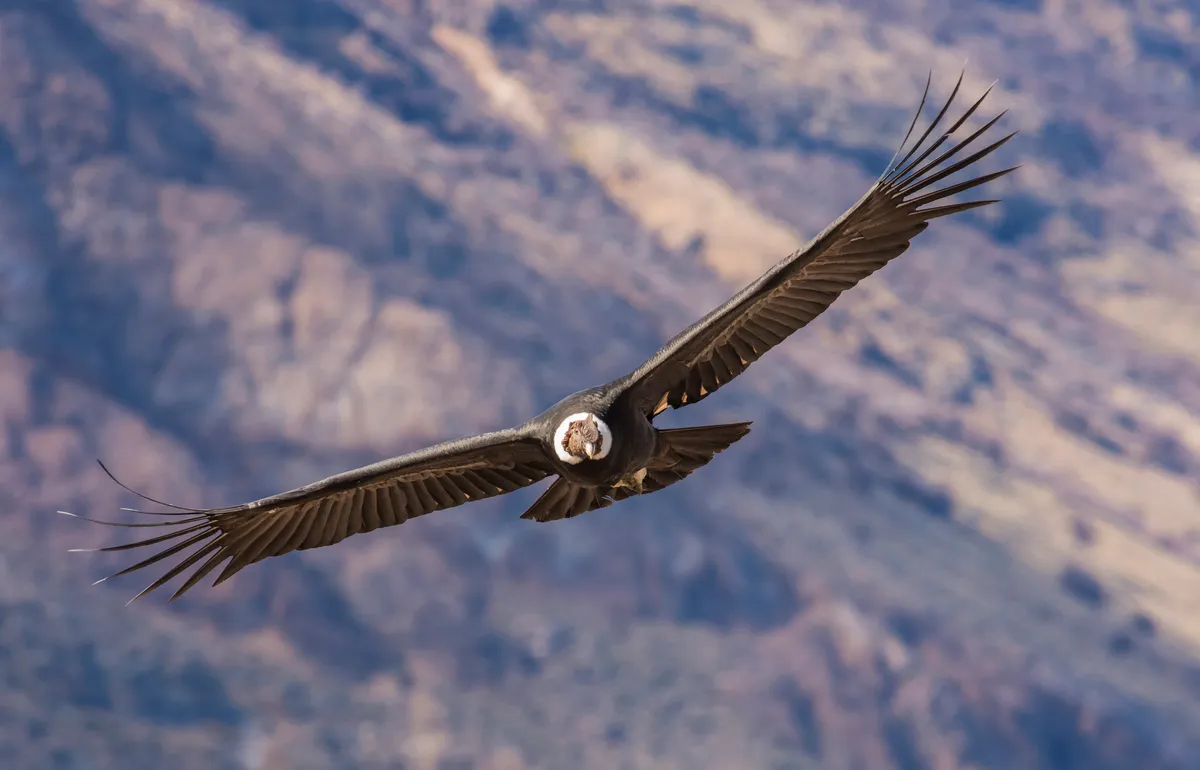Along with 26 species of mammal, including the elusive puma, Torres del Paine in Patagonia is home to at least 115 bird species and an array of unique plants. But be aware – accessing this flora and fauna is no mean feat and can involve traversing a rugged (but breathtaking) landscape in highly capricious and windy weather conditions.
1
Puma, Puma concolor

Though not strictly a big cat, this predator – which can grow to nearly 2m long and over 100kg – is both impressive and elusive, and known as the ‘ghost cat’. The population density in Patagonia is among the highest, and this park offers relatively reliable sightings.
2
Guanaco, Lama guanicoe

Believed to be the wild ancestor of the domesticated llama, the guanaco is a hardy camelid that grazes and browses Andean foothills and slopes up to 4,250m altitude. Far from camera-shy, the park’s 3,000 or so guanacos can be seen migrating in groups.
3
Other highlights

Spot Andean condor, Vultur gryphus, soaring thermals among the high peaks, watch for ostrich-like Darwin’s rhea, Rhea pennata, and admire the vivid scarlet flowers of the Chilean firetree, Embothrium coccineum, in spring. If you’re really fortunate you might spot a ‘huemul’, an endangered south Andean deer.
Key facts
- Area: 2,273km2
- Highest peak: 2,884m
- Area of Grey Glacier: 270km2
When to go
Weather in Patagonia is notoriously fickle at any time. November-March (summer) is best for hiking, while June-August can offer good sightings of pumas hunting the guanacos that gather in large herds in winter.
Go there with
